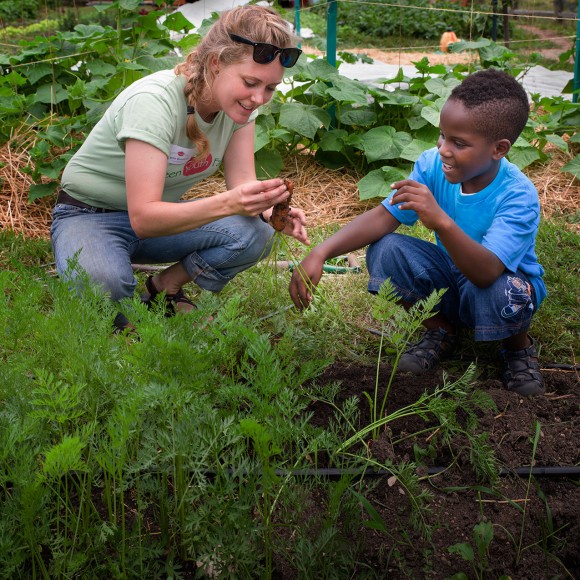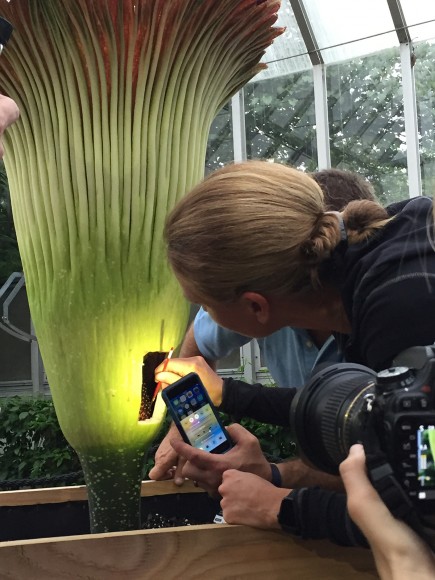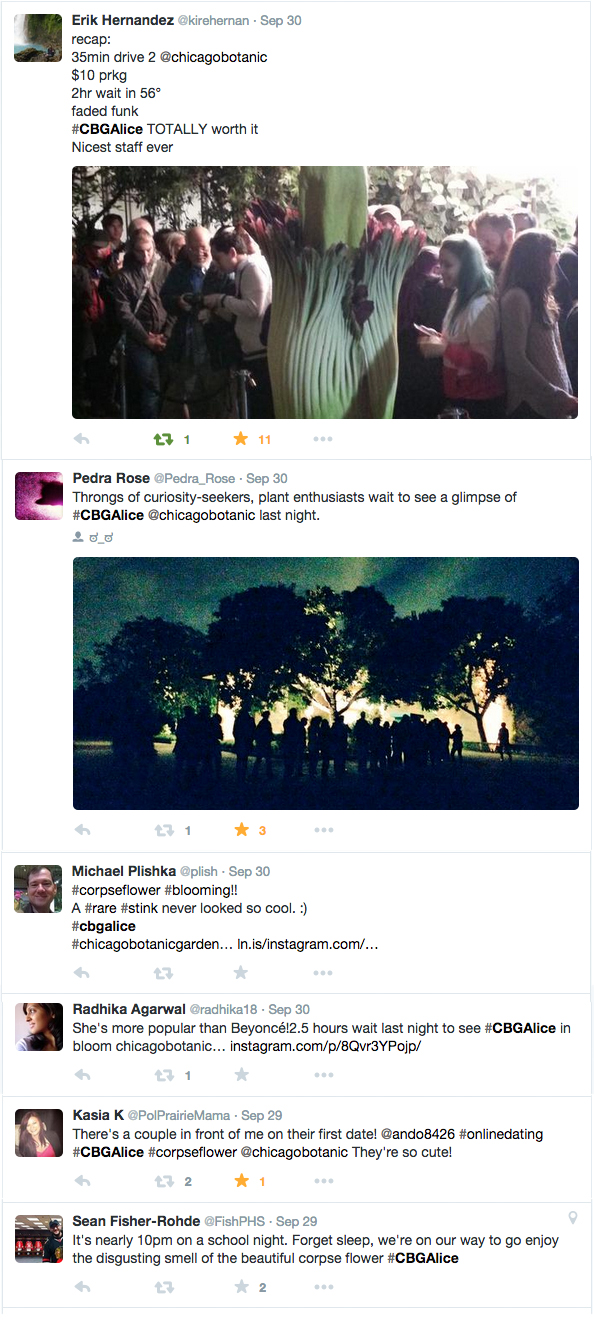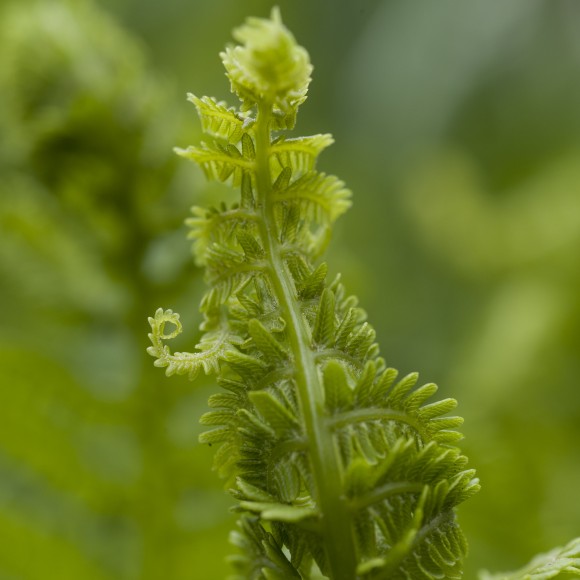The January issue of National Geographic features articles on two topics dear to me: American’s national parks (I just planned a Grand Canyon/Arches trip for June!), and the power of nature to improve mental health. The latter article cites scientific evidence that nature makes us happier, more productive, nicer to each other, and—critically—more forgiving of ourselves. Additional evidence of this has been published in recent issues of the Proceedings of the National Academy of Sciences and Nature.
Gardeners recognize this power: We find therapy digging in the earth, getting our hands dirty, and participating intimately in the miracles of life, as well as the floods, freezes, insects, diseases, and other gardening disasters that allow us to witness low-stakes death firsthand.
Gardeners know that even when Mother Nature doesn’t cooperate with our harvest, she doesn’t let us down. Nature is generally consistent, and when it isn’t, it is surprisingly consistent in its inconsistency. We can trust in it to adapt and evolve, to persevere endlessly and, when we let it, to heal and support us. We have no choice but to respect and defer to nature’s ways, even when they don’t always act in our favor. I find this incredibly reassuring.
Last winter, I was paying particular attention to my own mental health and finding essential comfort in the Chicago Botanic Garden—its paths and purpose, my colleagues, and my friends.

In early January, I listened closely to a National Public Radio interview with former NHL goalie Clint Malarchuk, who spoke openly and confidently about his own personal mental health challenges. Inspired, I thought that I too could share some of my story, and had the opportunity to do so in the pages of Sibbaldia, the journal of the Royal Botanic Garden Edinburgh.
The essay can be read here, but I think it is important to share a bit with you:
“It’s a long row to hoe” were the first words that came into my mind one morning. The day before me felt too busy, too much. How was I going to get everything done while being a good mother and daughter, an attentive partner and friend, and an effective leader? How would I balance the pressure of meetings, phone calls, and ever-increasing e-mail traffic while ensuring that dinner was on the table and my sons’ homework was completed on time? Where would I find time to be kind to myself somewhere along the way? I know this challenge is familiar to many women, and it certainly was not the first time I had felt this way. Furthermore, I have wrestled with feelings of anxiety my whole life, and moments like this one have been with me since I was young.
But that morning, when the idiom “It’s a long row to hoe” started repeating in my mind with the persistence of a pop song, I smiled, exhaled, and experienced an epiphany of sorts. My problems suddenly felt reframed. Never before had I really thought about that phrase. I said out loud, “Wow, the noun is ‘row,’ not ‘road’! This phrase is about gardening and farming…Growing things!”
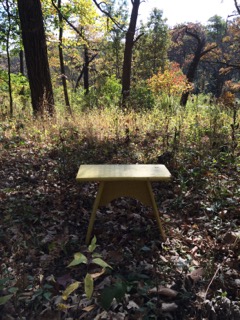
While I may not yet hold the gift of perpetual tranquility, I do know how to garden. Yes, I have learned that hoeing some rows is harder than others, when rocks and weeds or puddles are in the way, but I am always certain I can get the job done. And the labor I expend while gardening even makes me feel rejuvenated—both mentally and physically. At that moment, I wondered if I thought of each day that lay ahead as a metaphorical row to hoe—and plant, water, weed, harvest, and then allow to rest—would life feel easier? And it does. Some seasons give me the most delicious tomatoes and delphiniums that stand up straight, even in Chicago. Other days I wake to a late freeze or spend hours picking off slugs. Knowing that I can handle the ups and downs of gardening, I felt better prepared to face my more typical day with renewed mental strength, tranquility, and courage.
I know I am not alone in believing that people live better, healthier lives when they create, care for, and enjoy gardens. Millions of people tend backyard or container gardens, or keep plants in their home or office window to enrich their life. Even in winter, there are many ways to enjoy gardens and nature. One thing I do is put on my boots and take a nature walk, simply enjoying the experience of being outside. Browse seed catalogues or gardening books, and plan your summer garden. If you take a vacation, visit the local botanic garden. Dream of the tropics at the Orchid Show at the Chicago Botanic Garden. Take nature photos. You can even view lovely garden scenes or videos while you work out. Gardening, visiting gardens, and taking advantage of the science, education, and therapy programs offered by more than 1,000 botanic gardens, arboreta, and conservatories around the world are helping many individuals and communities to cope, mourn, and rejoice.
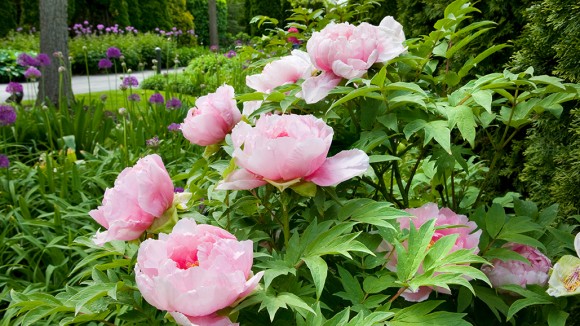
Gardens give us a bounty of gifts: beautiful flowers to share and enjoy, fresh vegetables for our tables. Their greatest gift of all may be intangible, but we are so grateful for their unique power to help us lead happier, healthier lives.
©2016 Chicago Botanic Garden and my.chicagobotanic.org




